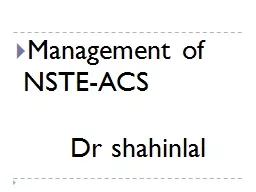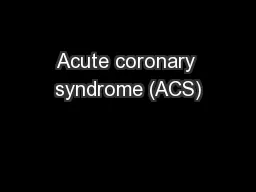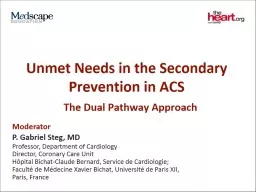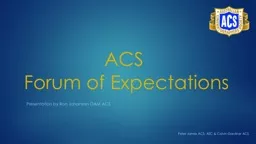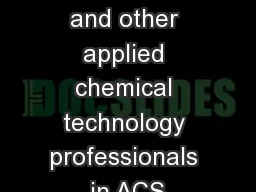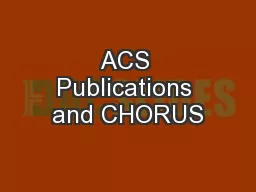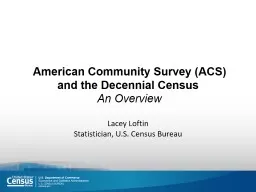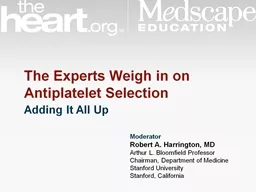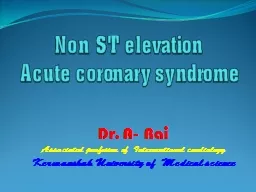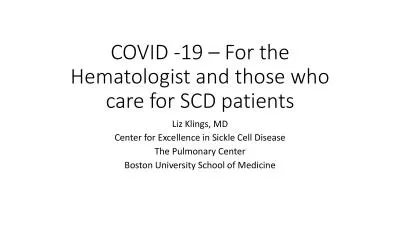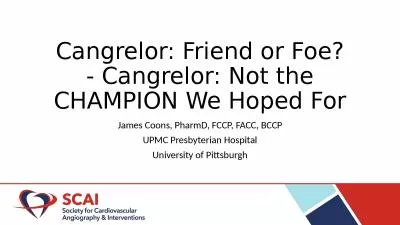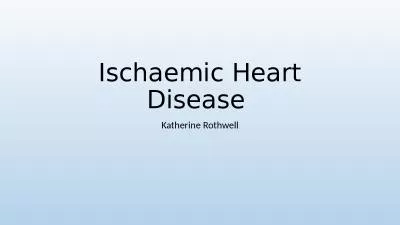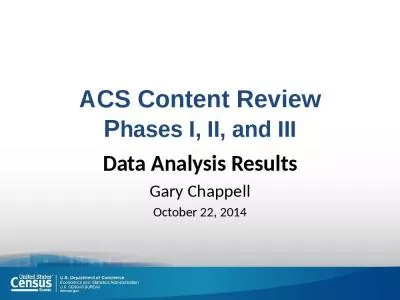PPT-Management of NSTE-ACS
Author : faustina-dinatale | Published Date : 2019-11-06
Management of NSTEACS Dr shahinlal ACS vs Chronic stable angina Sudden onset of symptoms at rest minimal exertion At least lasting for 10 min unless treated promptly
Presentation Embed Code
Download Presentation
Download Presentation The PPT/PDF document "Management of NSTE-ACS" is the property of its rightful owner. Permission is granted to download and print the materials on this website for personal, non-commercial use only, and to display it on your personal computer provided you do not modify the materials and that you retain all copyright notices contained in the materials. By downloading content from our website, you accept the terms of this agreement.
Management of NSTE-ACS: Transcript
Download Rules Of Document
"Management of NSTE-ACS"The content belongs to its owner. You may download and print it for personal use, without modification, and keep all copyright notices. By downloading, you agree to these terms.
Related Documents

